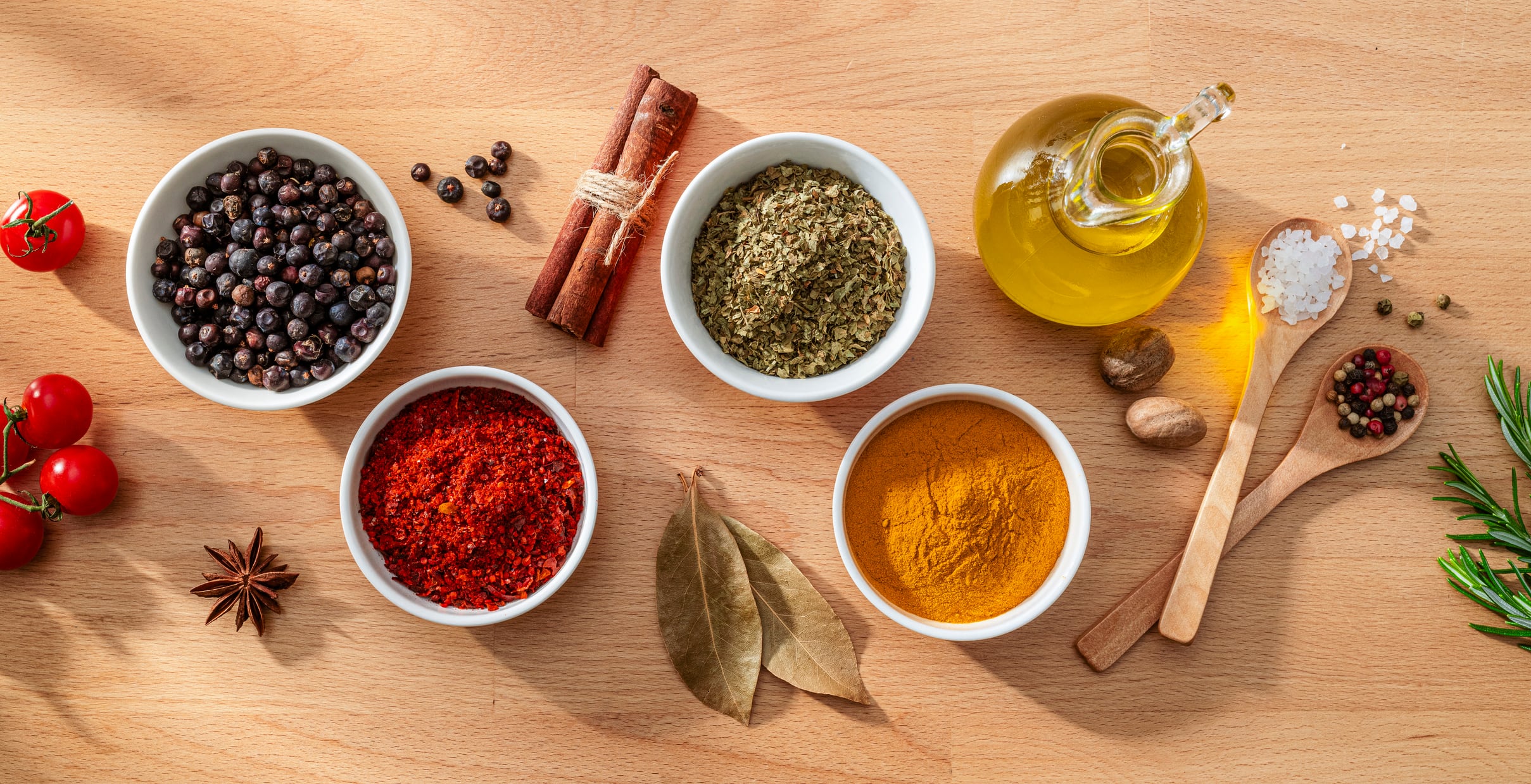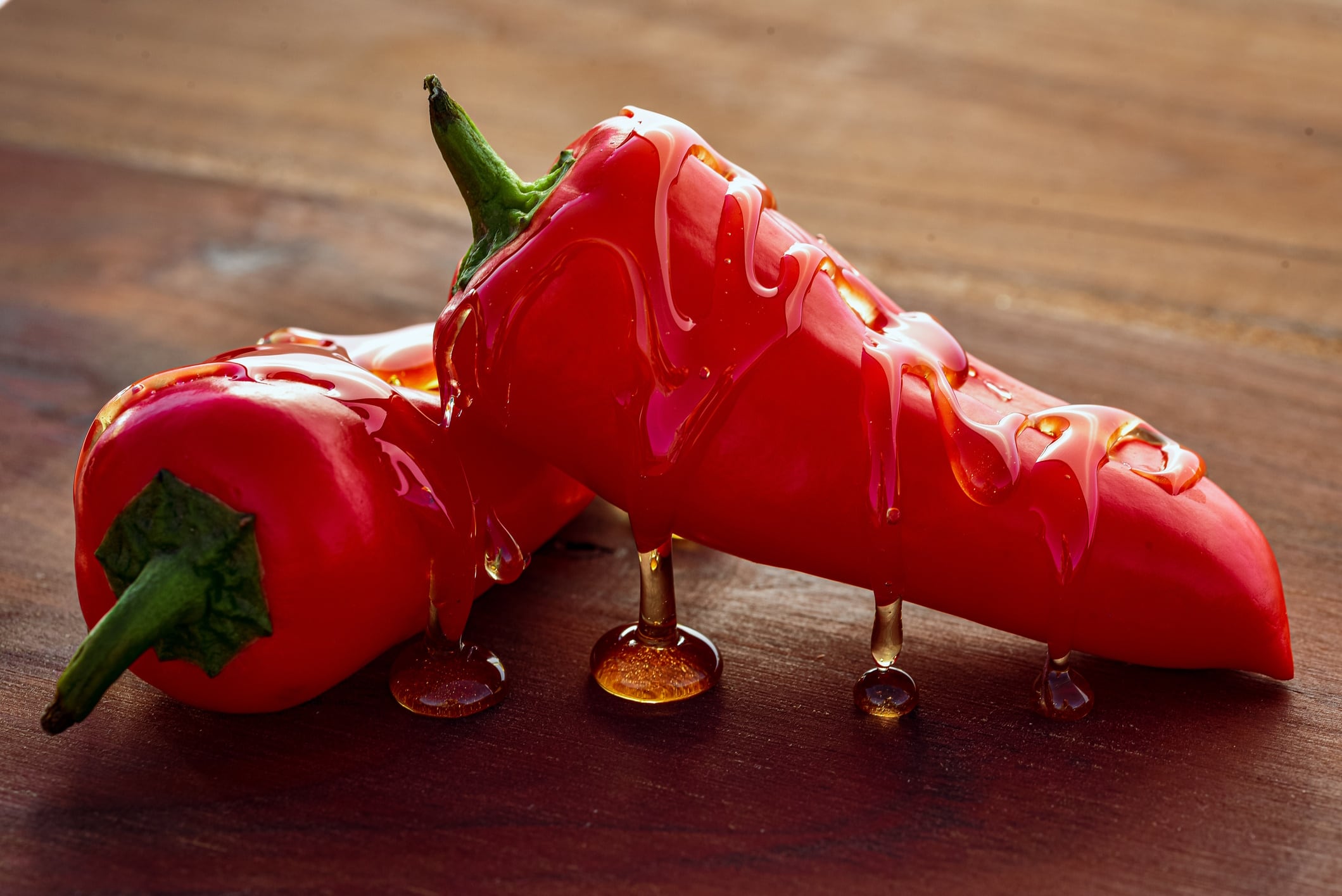Spicy flavours are a way of life in most Asian markets, from sour-spicy tom yum soups in Thailand to spice-laden curries in India.
These flavours have made their way from much-loved traditional local cuisines into packaged manufactured foods, especially in snacks.
On the surface, innovation with spiciness may appear to be straightforward e.g. focusing on increasing spice levels or using different chillis, and there was a period when intense spice was the leading flavour trend in Asia – but today, experts say there is much more to successful spice innovation than just upping the intensity.
“Simply put, spiciness alone is not the key – heat is,” McCormick VP for Flavour Solutions Betty Juliana Tan told us at the recent Fi Asia 2025 event in Bangkok, Thailand.
“This means that there is much more to flavour innovation in this area than just looking at Level 1 to 10 of intensity – we need to look for a harmonious blend of heat in order to satisfy today’s consumer, which means creating a complex, bold, multi-dimensional, layered experience for them.”
The key to understanding the difference between spiciness and heat is in the source – increasing spiciness is much simpler as it just requires adding more of a chilli, but getting the heat just right means upgrading to include the tasting sensation as a key parameter as well.
“We know that heat is very much at the forefront of flavours in-demand here in Asia, and that the demands vary across the various markets,” she added.
“In Vietnam, consumers want sourness with their heat; in Indonesia, it is sweetness with their heat, and in Thailand, consumers want a touch of just something with their heat, usually umami or sweetness – and if food manufacturers want to get their products right for these markets, it is key to ensure the flavours they select include these aspects.”
McCormick’s research has also shown that these heat flavour trends are being heavily influenced by Asian cuisines, identifying the top three regional influences as Japanese, Korean and Mala foods.
“Our research is very focused on flavours and it is clear that these three cuisines are the top flavour influences this year,” she added.
“Japanese food is popular across basically all markets in this region so there are more and more matcha and wasabi flavours coming up; South Korean cuisine is an emerging trend especially in snacks and we’re seeing this in kimchi flavours as well as Korean chillis coming up; whereas what is really at the forefront now is mala, a subset of Oriental cuisine which is very up-and-coming.”
Mala flavour involves the combination of spiciness and numbness, heavily influenced by traditional mala cuisine from Sichuan, China and first finding its feet in the rise of mala hotpot restaurants sprouting up all over APAC.
“Mala as a snack flavour has an added advantage – it numbs the tastebuds so the spice affects the tongue less, increasing crave-ability of the snack as well as the intent to purchase,” Tan said.
Sensation-based flavours
Mala is a good example of flavour development that not only tackles taste but also sensational innovation.
“There are many aspects to sensation when it comes to heat, and flavour blends usually need to have both an active spice and a passive spice in order to achieve harmony on the tongue,” Tan added.
“Active spice usually refers to capsaicin found in chilli, whereas passive spice can be ginger, pepper, garlic and so on. The key here is that each flavour will be able to deliver heat at a different location to maximise the sensation aspect – e.g. mala numbs the tongue, wasabi delivers strong heat to the tongue, ginger delivers heat to the throat, other combinations can create a delay in delivery of the heat sensation so there is a bigger ‘punch’ a few seconds after first consumption.”
Importantly, heat-based flavour innovation is not limited to the snacking category – there are also examples of mala confectionery and even beverages having been marketed in China, showcasing the incredible versatility of this category.





